Junkyard Find: 1973 Buick Century Gran Sport

After writing about more than 2,000 discarded vehicles during the past 13 years, I haven’t found many legitimate machines from the Golden Age of the Detroit Muscle Car. I believe this era started with John DeLorean’s brilliant marketing of the 1964 Pontiac GTO and ended at some point during the 1972-1974 period, depending on how many beers you’ve consumed before beginning the debate about the edge-case vehicles.
Today’s car meets most of the requirements: a GM A-Body coupe with spiffy graphics, a thirsty big-inch V8 engine, and school-of-hard-knocks small chrome bumpers.
Even the most tedious car fanatic agrees that the Buick Skylark Gran Sport, built for the 1965 through 1972 model years, qualifies as an A-list Golden Age Muscle Car, particularly when you’re talking about the ridiculously powerful GSXs. When GM stopped using the Skylark name after 1972, the old Century name got dusted off and applied to the Skylark’s A-Body platform. Naturally, the Skylark Gran Sport became the Century Gran Sport that year.
You could get the ’73 Century Gran Sport with a 350 cubic-inch (5.7-liter) Buick V8 rated at 190 horsepower, a 455 cubic-inch (7.5-liter) Buick V8 rated at 225 horsepower, or a wilder 455 with 270 horses. This appears to be a 455, though it could also be a 400 or 430 that got swapped in. Keep in mind that while those horsepower numbers seem low (compared to the inflated gross power numbers of earlier years, as well as to the very powerful engines of the present day), all of the 1973 Buick 455s made high-300s torque numbers and moved the just-under-two-tons Century pretty well.
This car sat outdoors with the windows down (or busted out) for decades, and probably ceased being worth restoring before the 1980s were through. Still, some car lot tried — and failed — to move this iron for $999.
I found this car last winter in the San Jose yard with one of the best taco trucks in the San Francisco Bay Area. While California cars tend to avoid cancerous rust, they don’t fare so well when they bake in the sun every summer and fill up with rain every winter.
Corrosion like this isn’t so hard to repair, of course, but the return on your investment would be much higher if you started with a 1965-1970 Skylark GS.
I could tell at a glance that this clock would be frozen solid inside, so I didn’t buy it for my collection. I have the Cadillac version already, anyway.
With Accu-Drive like the big Buicks and time-modulated choke (whatever that is). Buick borrowed the “Luxus” trim level name from Opel that year… which ended badly for sellers of big, gas-swilling machines thanks to certain geopolitical events beyond the control of Detroit.
The 1973 Buicks looked good, so buying one sight unseen wasn’t complete madness.
For links to all the other Junkyard Finds, visit the Junkyard Home of the Murilee Martin Lifestyle Brand™.

Murilee Martin is the pen name of Phil Greden, a writer who has lived in Minnesota, California, Georgia and (now) Colorado. He has toiled at copywriting, technical writing, junkmail writing, fiction writing and now automotive writing. He has owned many terrible vehicles and some good ones. He spends a great deal of time in self-service junkyards. These days, he writes for publications including Autoweek, Autoblog, Hagerty, The Truth About Cars and Capital One.
More by Murilee Martin
Latest Car Reviews
Read moreLatest Product Reviews
Read moreRecent Comments
- Jalop1991 Way to bury the lead. "Toyota to offer two EVs in the states"!
- Jalop1991 I'm sorry, Dave. I'm afraid I can't do that.
- Jalop1991 We need a game of track/lease/used/new.
- Ravenuer This....by far, my most favorite Cadillac, ever.
- Jkross22 Their bet to just buy an existing platform from GM rather than build it from the ground up seems like a smart move. Building an infrastructure for EVs at this point doesn't seem like a wise choice. Perhaps they'll slow walk the development hoping that the tides change over the next 5 years. They'll probably need a longer time horizon than that.



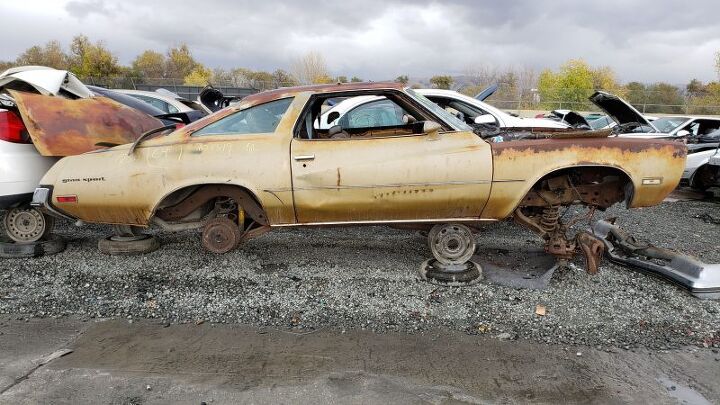































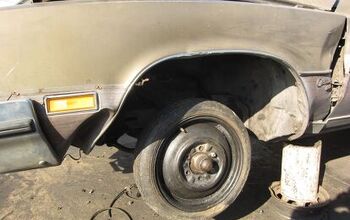
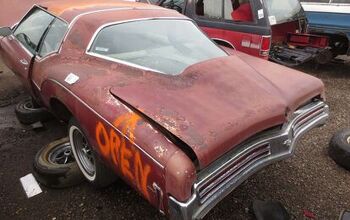
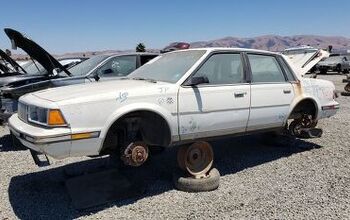
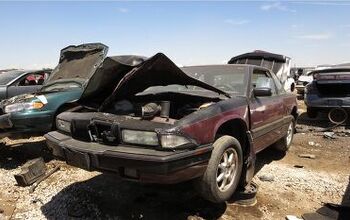
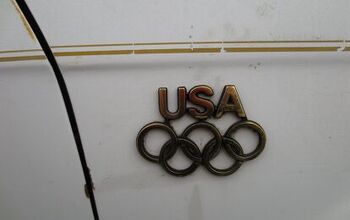
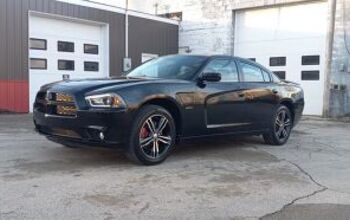
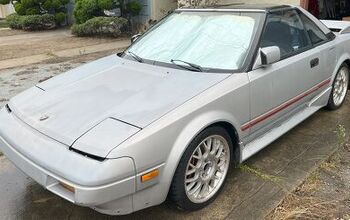
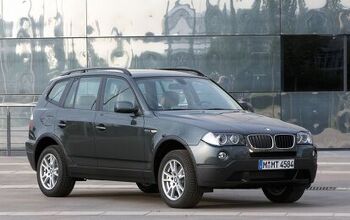
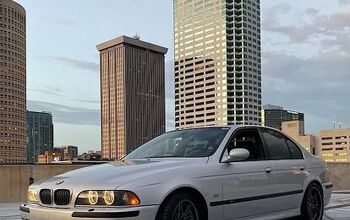


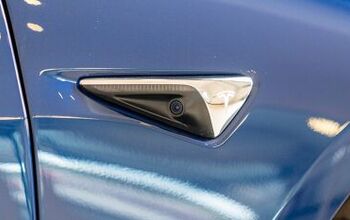
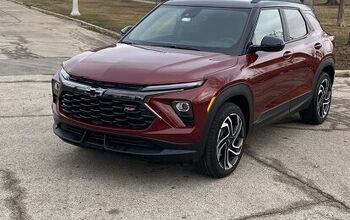
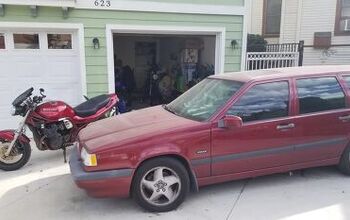
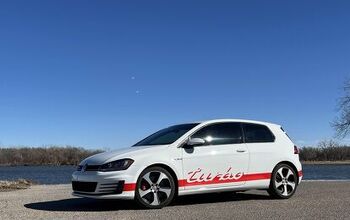


Comments
Join the conversation
I wonder if those one-year-only taillights would be worth something. If they're not pitted beyond redemption. If they weren't crushed with the car by now.
I liked the pontiac version. My parents didn't have a Grand Am, they had the Grand Prix. Same 455, I think, and the local mechanic would lean it out before the state inspection....we'd barely make it, stalling in traffic, nothing off the line, pass, go back, screws turned out, car ran endless torque....